Sink and toilet that drain slowly are frequent plumbing problems that many homeowners encounter at some point. Even while it could appear to be a small annoyance, it frequently indicates more serious issues that require care. Finding an efficient solution for slow drainage requires knowing what’s causing it, whether it’s a plumbing system problem, a clogged drain, or a venting issue. The most frequent causes of slow sink and toilet drains will be discussed in this blog, along with solutions.

Clogged Drains
A clogged drain is one of the most frequent reasons why sink and toilet drain slowly. Debris, soap scum, food fragments, hair, and oil can build up inside the drainpipes over time, obstructing the water flow.
How to Correct:
Toilet: The clog is probably in the trap of the toilet if you see delayed draining. To attempt to break up the barrier, you can use a plunger. An auger, often known as a plumbing snake, may be needed if this fails.
Sink: To clear the obstruction in a sink, you can try using a plunger or drain cleaner. In order to remove debris from more severe blockages, you might need to remove the drain trap underneath the sink.
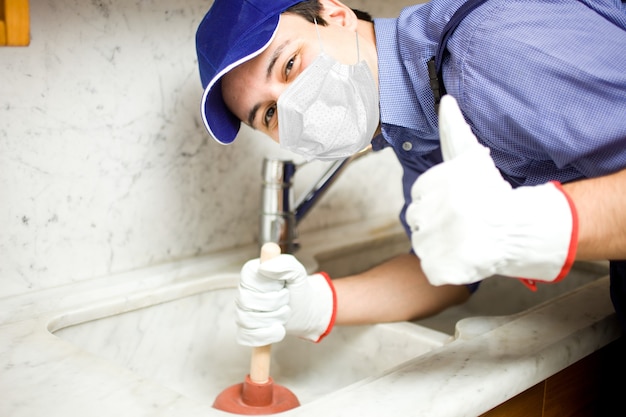
Blocked Vent Pipes
An essential component of your plumbing system are vent pipes. They ensure that waste and water flow smoothly by assisting in the maintenance of air pressure in the pipes. Slow draining may happen if these vent pipes are obstructed by trash, nests, or even tree branches. Water drains slowly when there is inadequate ventilation because air cannot pass freely through the pipes.
How to Fix:
Examine the Vent: Your home’s roof is usually where vent pipes leave. If you think there might be a problem with the venting system, you can hire a plumber or check the line for obvious obstructions.

Mineral Buildup
Minerals like calcium and magnesium can accumulate inside your pipes over time in hard water areas, reducing water flow and slowing drainage. In areas with hard water, this is especially prevalent in sinks and toilets.
How to Fix:
Toilet: Mineral accumulation inside the bowl or around the rim of toilets can impede drainage. These minerals can be gently scrubbed away with a pumice stone.
Sink: Mineral deposits in sink drains can be broken down with a vinegar and baking soda mixture. To address mineral accumulation, you can also utilize specialty descaling treatments that are sold in stores.
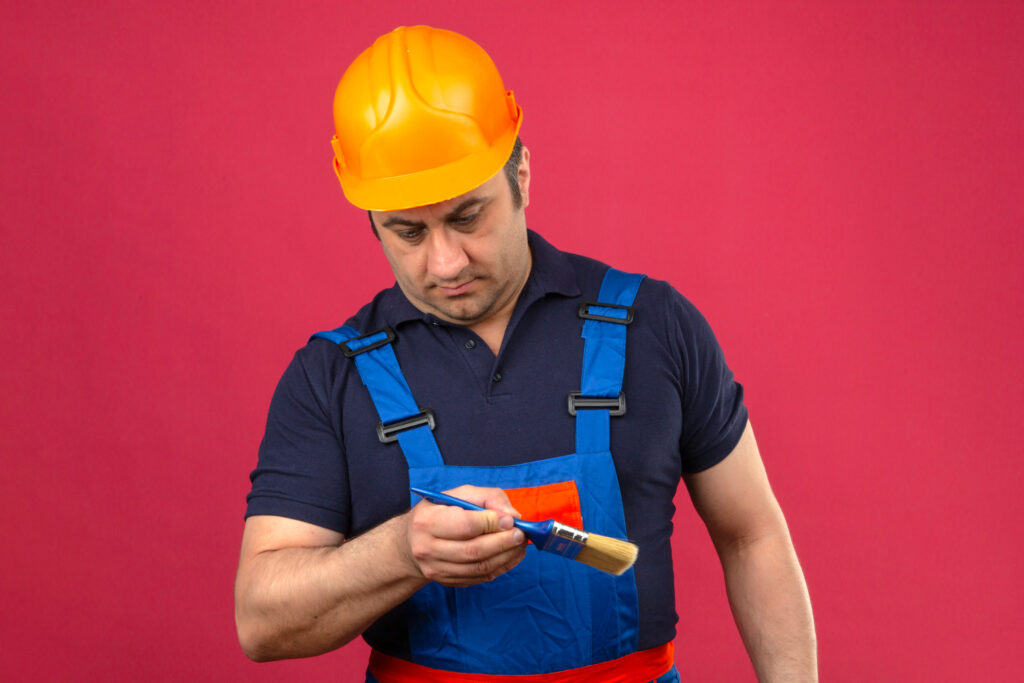
Improperly Sized Pipes
Slow drainage may be the result of improper plumbing system installation or pipes that are too small for the amount of water they must transport. This issue is more likely to occur in older homes or in plumbing systems with inadequate design.
How to Fix:
Speak with a Professional: Regretfully, professional assistance is usually needed to resolve this issue. It might be necessary for a plumber to swap out the undersized pipes for ones that are better equipped to manage the drainage load.

Tree Root Intrusion
Particularly in older plumbing systems, tree roots can occasionally infiltrate your subterranean pipes. Through microscopic fissures in the pipes, the roots may spread, blocking water flow and resulting in sluggish drainage. This is especially prevalent in homes with trees growing close to sewer lines or in outdoor plumbing.
How to Fix:
Expert Assistance: To find and remove tree roots, a plumber can employ specialist tools like a camera examination. In extreme situations, it may be necessary to replace the damaged pipes.
Dirty or Blocked Toilet Trap
The internal trap of the toilet may be the source of the issue if it drains slowly. The trap may accumulate debris or develop mineral deposits over time, which would hinder adequate drainage.
How to Fix:
Plunger or Auger: To remove the trap and restore appropriate water flow, use a plumbing snake (auger) or a toilet plunger.
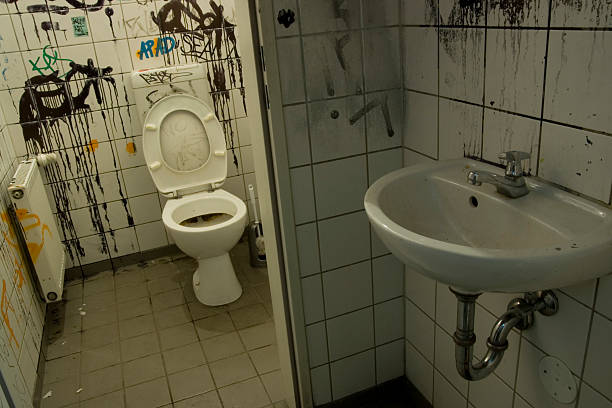
Airlock in the Plumbing System
When air becomes caught in the pipes, it creates an airlock that stops the water from flowing freely. Because water cannot efficiently push through the air pockets, this may result in poor drainage.
How to Fix:
Release the Airlock: To get rid of any trapped air, try opening every faucet in your house. The system may need to be inspected by a plumber if the issue continues.
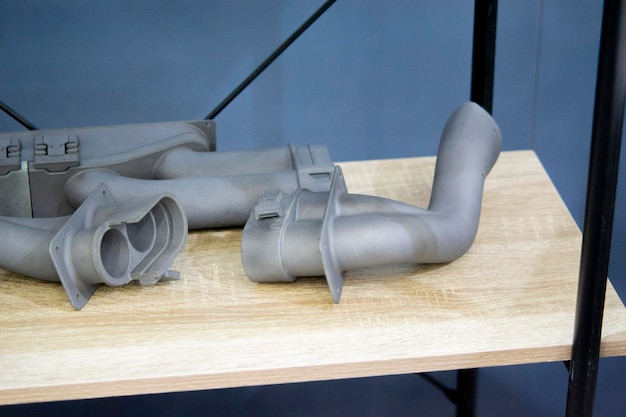
Aging or Faulty Pipes
Over time, corrosion, accumulation, or deterioration may occur in older homes with aging pipes. Rusted pipes or those with accumulated debris can block water flow, leading to delayed drainage.
How to Fix:
Replace the Pipes: It might be necessary to replace the pipes if they are excessively damaged. Early resolution of this issue is crucial to avoiding leaks or more significant damage later on.
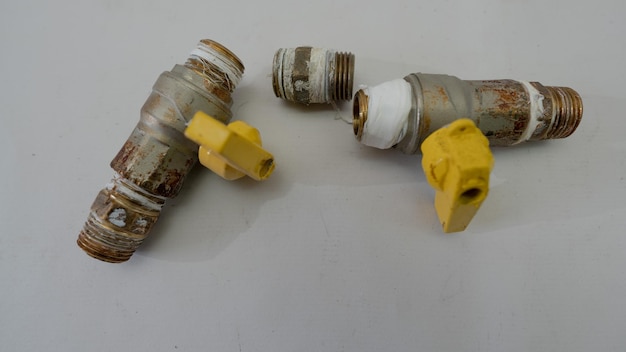
Blocked Sewer Line
Slow drainage in several drains throughout the house may be caused by a blocked sewage pipe. Toilets, sinks, and other plumbing fixtures may not drain properly if the main sewage line is blocked or damaged.
How to Fix:
Professional Diagnosis: To assess the extent of the obstruction, a plumber will examine the sewer system with a camera. They might use a hydro-jet or other specialist equipment to clean the line, depending on how bad it is.
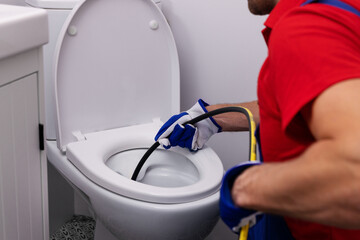
Conclusion:
Although slowly draining sink and toilet might be annoying, you can take the appropriate action to address the issue by being aware of the potential causes. Many of these problems can be avoided in the first place with routine maintenance, such as cleaning drains and inspecting venting systems. To make sure the problem is handled correctly, it is always advisable to hire a certified plumber for more significant plumbing issues.
Don’t let slow drainage disrupt your daily routine—identify the reason and take action to restore the efficient working of your plumbing system!
